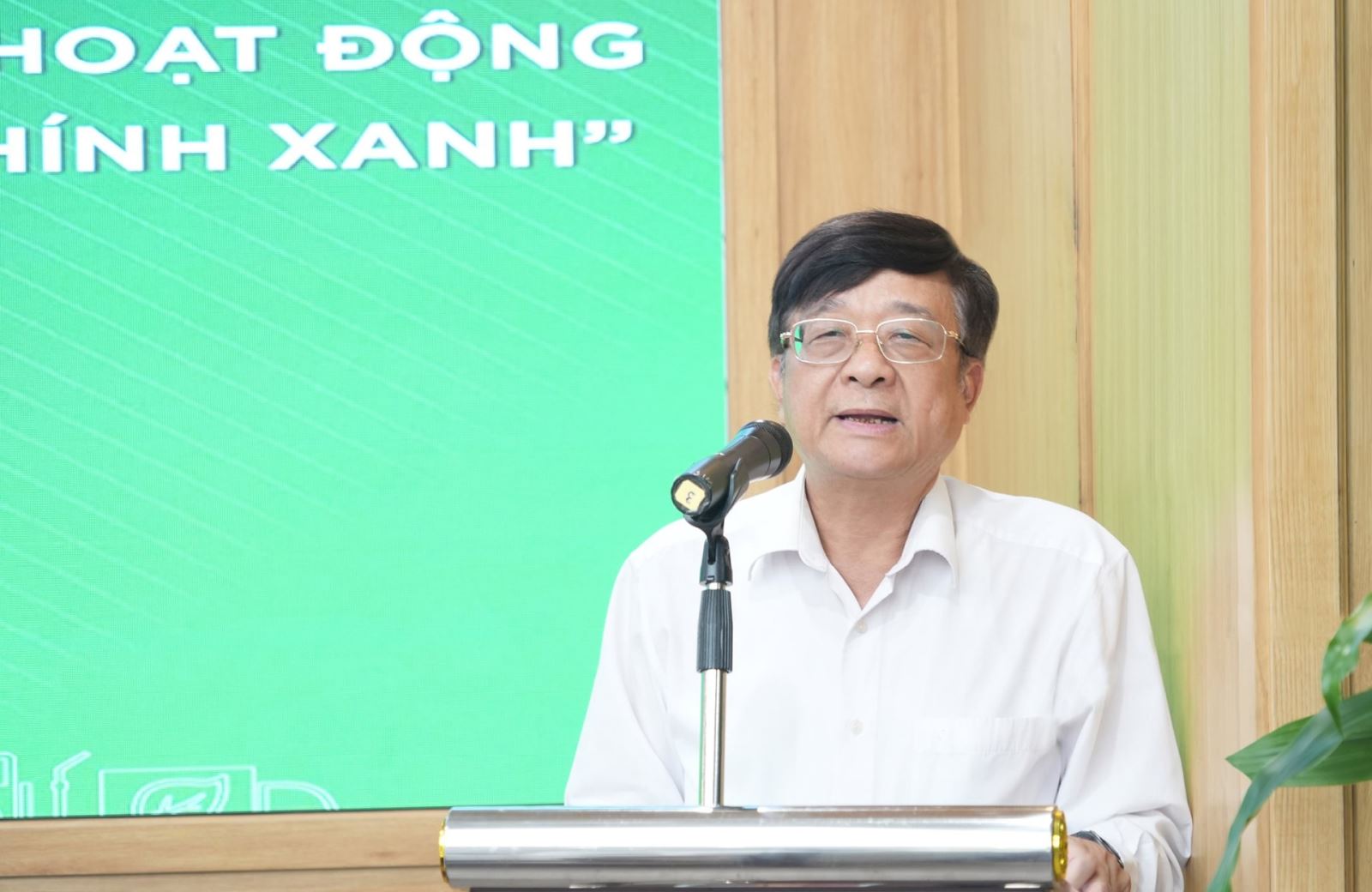
The seminar, organized by the Policy Committee of VNBA in coordination with the Vietnam Bank for Agriculture and Rural Development ( Agribank ), took place in the context of the banking industry implementing a plan to innovate the work of building and enforcing laws to meet the requirements of national development in the new era according to Resolution 66-NQ/TW of the Politburo and Resolution 140/NQ-CP of the Government.
Lack of quantitative criteria for green credit legal framework
Vietnam's green credit and green bond market is currently not developing commensurate with its potential and the need to mobilize capital for green transformation. The green credit growth rate is 20%/year, higher than the credit growth of the entire economic sector.
"Credit institutions (CIs) have stepped up capital mobilization for green credit activities. Specifically, regarding the issuance of ESG bonds, BIDV , Vietcombank and a number of other CIs have been very active in implementing them, thereby creating conditions for projects in the fields of renewable energy, sustainable transportation, green buildings, and social housing - contributing to spreading sustainable values in the business community," said Mr. Tran Phuong, Deputy General Director of BIDV, Chairman of the Policy Committee (VNBA).
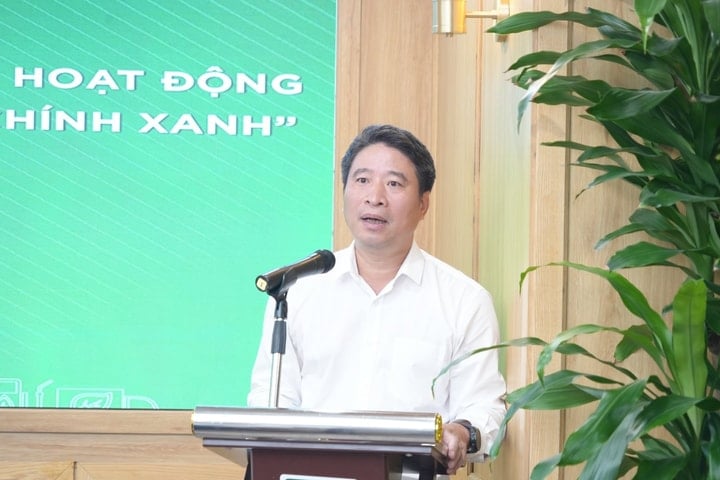
According to Mr. Tran Phuong, a quantitative legal framework is a key factor to help credit institutions and investors have a clear basis for evaluating, selecting and monitoring green projects effectively. “The lack of specific and quantifiable criteria is making it difficult for stakeholders to determine which projects are truly green as well as in the process of allocating capital and managing risks,” said Mr. Tran Phuong.
“Banks are having trouble classifying, screening and reporting on green credit due to the lack of specific quantitative criteria. In addition, guidelines on social risk management, an important requirement in green credit assessment, have not been issued, causing credit institutions to lack a legal basis to build an environmental and social risk management system that meets international standards,” said Dr. Nguyen Thu Ha, Director of Agribank Staff Training School.
International green loan conditions are very strict.
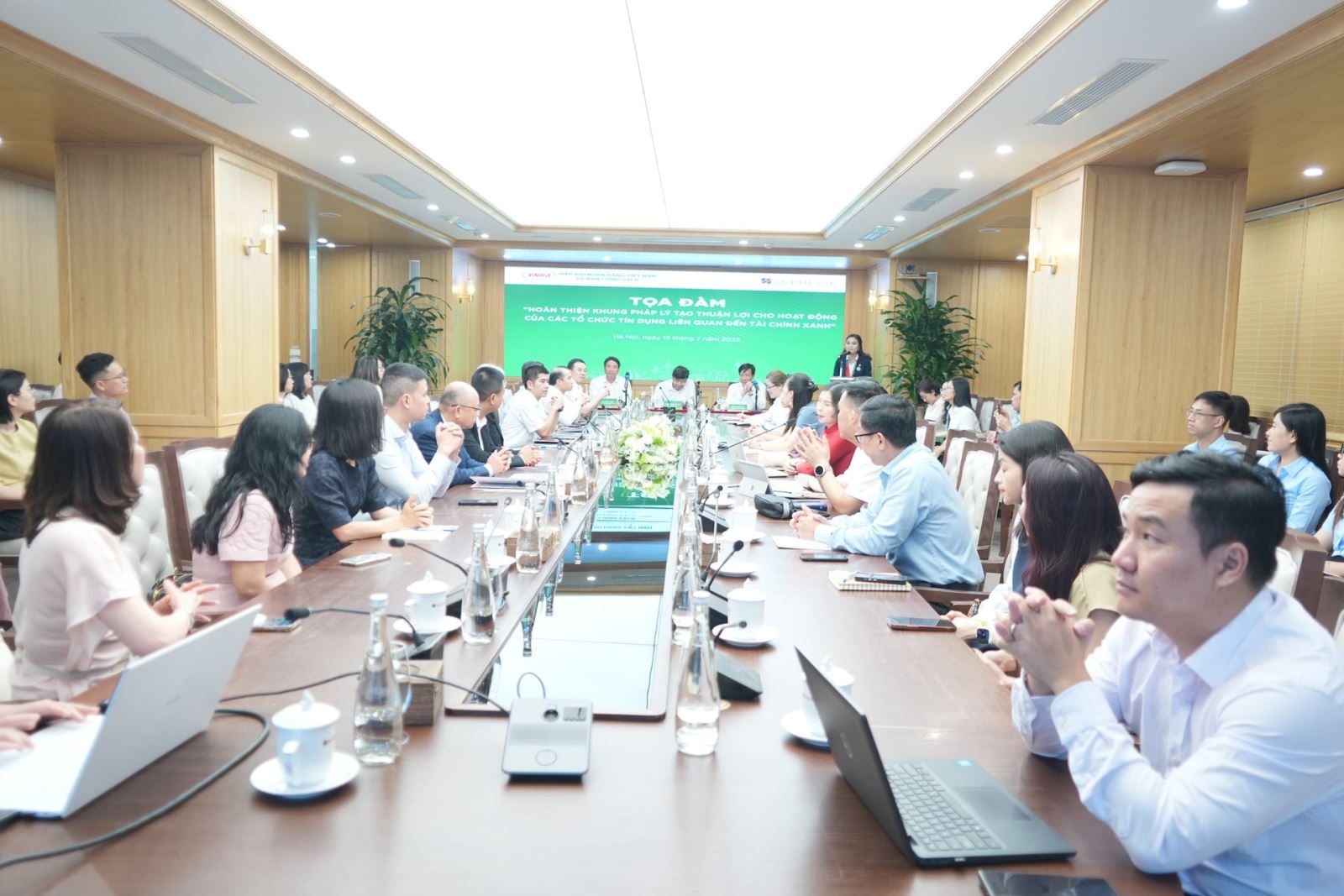
According to Dr. Nguyen Thu Ha, accessing international green capital is very difficult because the loan conditions are very strict, the approval process is complicated and the interest rates are no longer really preferential. If we add up the interest rates and the costs that credit institutions have to pay to meet the technical conditions, there cannot be cheap capital for domestic enterprises to transform green and develop sustainably.
“The lack of support mechanisms such as the Green Credit Guarantee Fund or interest rate subsidy policy makes banks more hesitant to receive and deploy international capital into green agricultural projects, which are highly risky and lack collateral,” said Ms. Nguyen Thu Ha.
From the above realities, representatives of some banks proposed a group of important solutions to remove obstacles and promote green credit.
First of all, it is necessary to improve the legal framework and financial incentive mechanisms to facilitate credit institutions to deploy green credit. Specifically, the State should soon issue detailed instructions for implementing Decision No. 21 on classifying green projects; at the same time, apply policies to exempt or reduce corporate income tax on income from green lending activities.
In addition, there should be a mechanism for interest rate compensation or interest rate subsidies to reduce borrowing costs for green, organic or circular agricultural projects; establish a Green Credit Guarantee Fund to help share risks and support banks to boldly lend without collateral on a larger scale.
Second, there should be clear incentive policies for credit institutions that are pioneers in implementing green credit. Specifically, the State Bank of Vietnam (SBV) can consider reducing the required reserve ratio or refinancing interest rate for banks with a high proportion of green credit, thereby creating real financial incentives for banks to shift their credit portfolio towards greening.
Third, the State Bank of Vietnam should soon issue guidelines on social risk management in credit granting. Developing a set of social risk criteria in accordance with international practices will be the foundation for credit institutions to perfect their environmental and social risk management systems; at the same time, meeting the requirements of international financial institutions in receiving funding and entrusting investment in green projects.
Fourth, it is necessary to build a centralized database on environmental and social risk assessment and have mechanisms and policies for credit institutions to fully exploit this data source.
According to Dr. Nguyen Quoc Hung, the Party and Government of Vietnam pay special attention to the issue of green growth. Recently, on July 4, the Prime Minister issued Decision No. 21/2025/QD-TTg stipulating environmental criteria and confirming investment projects in the green classification list.
Recently, the State Bank of Vietnam has proactively published the Environmental and Social Risk Management System (ESMS) Handbook in credit granting activities. In the past 10 years, the banking industry has recorded many positive results in green growth. Credit institutions have also seriously implemented greening and emission reduction during their operations such as: Using energy efficiently, applying measures to reduce waste at source, reducing the amount of waste released into the environment...
However, Dr. Nguyen Quoc Hung admitted that the process of developing the green financial market in Vietnam still faces many barriers. One of the biggest barriers is that the legal framework is not yet truly synchronous and complete; at the same time, he proposed a number of solutions to remove them.
Accordingly, for bank capital, it is concentrated capital, while mobilizing financial resources for the goal of net zero emissions by 2050 requires an investment of about 6.8% of GDP per year, equivalent to 368 billion USD by 2050 (according to the World Bank report).
“This requires mechanisms and policies to mobilize domestic and foreign capital to promote the development of the green financial market and encourage private capital flows to invest in green economic sectors,” said Dr. Nguyen Quoc Hung.
Besides, data is a powerful tool to support digital transformation and green transformation, a "new resource, a strategic asset" of the country, requiring mechanisms and policies to fully exploit this data source.
Source: https://doanhnghiepvn.vn/kinh-te/tai-chinh-xanh-van-gap-rao-can-la-khuon-kho-phap-ly/20250716084652135


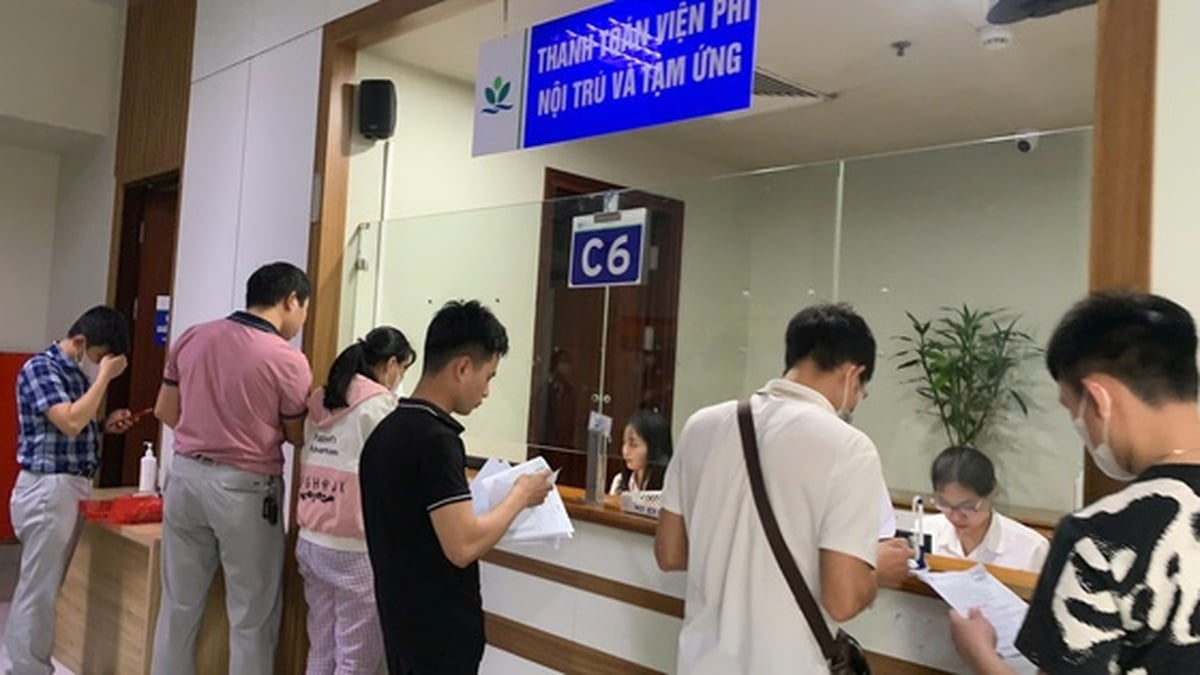
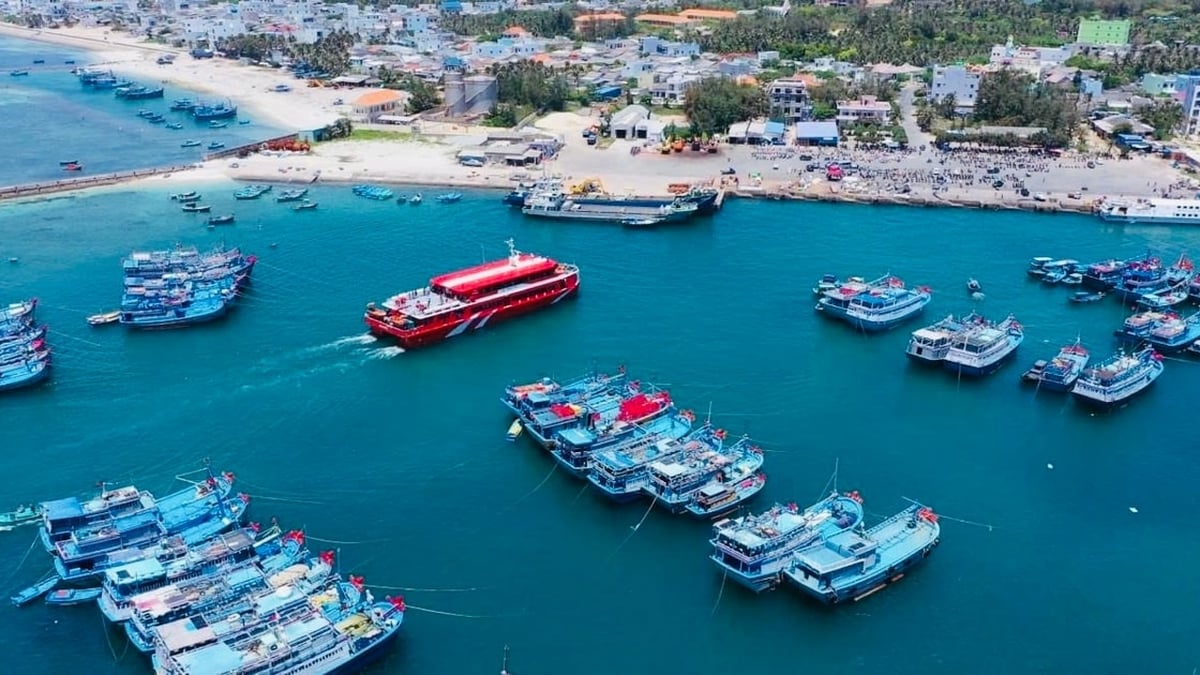

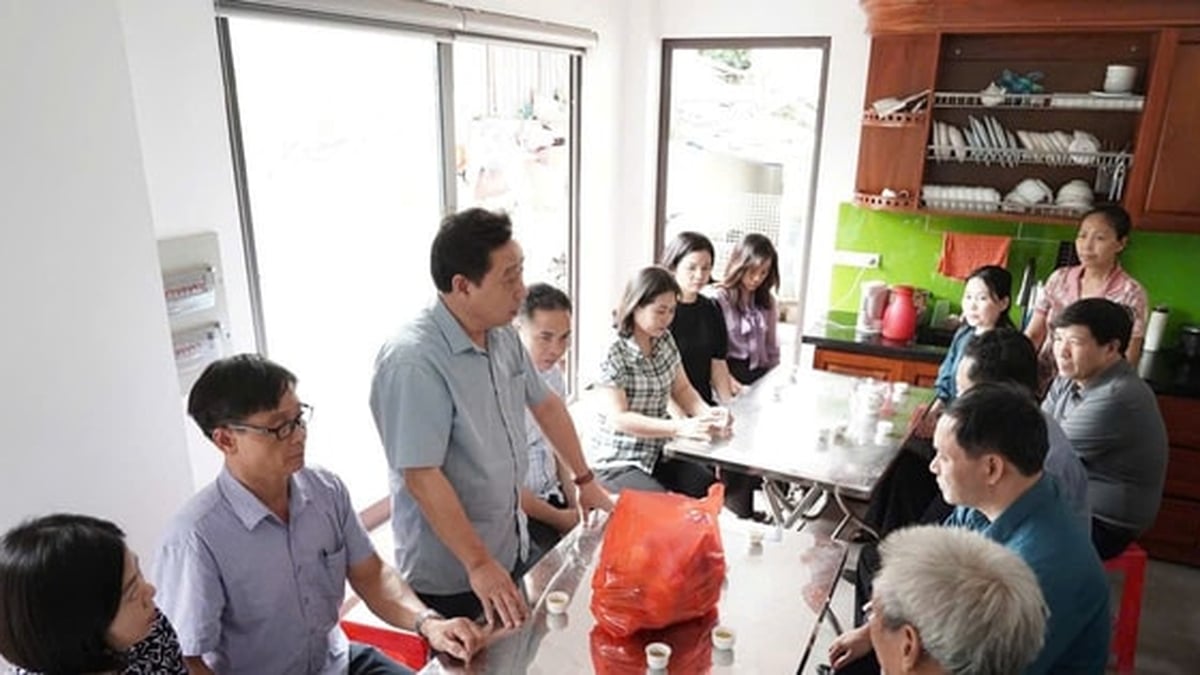
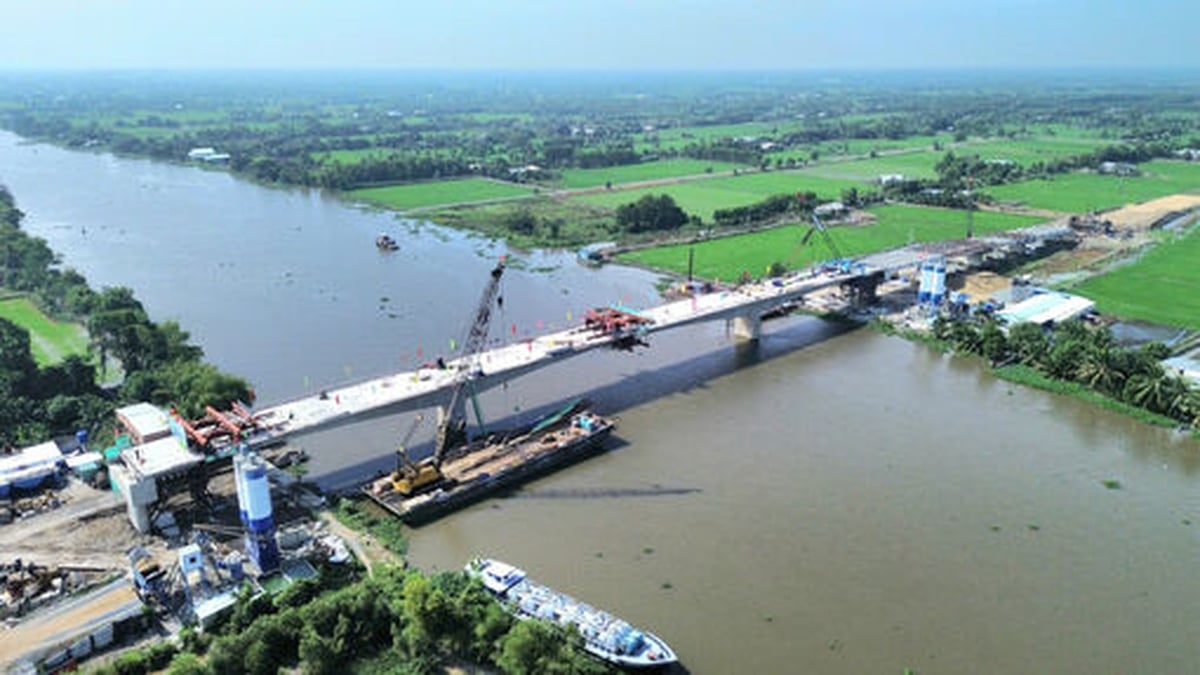

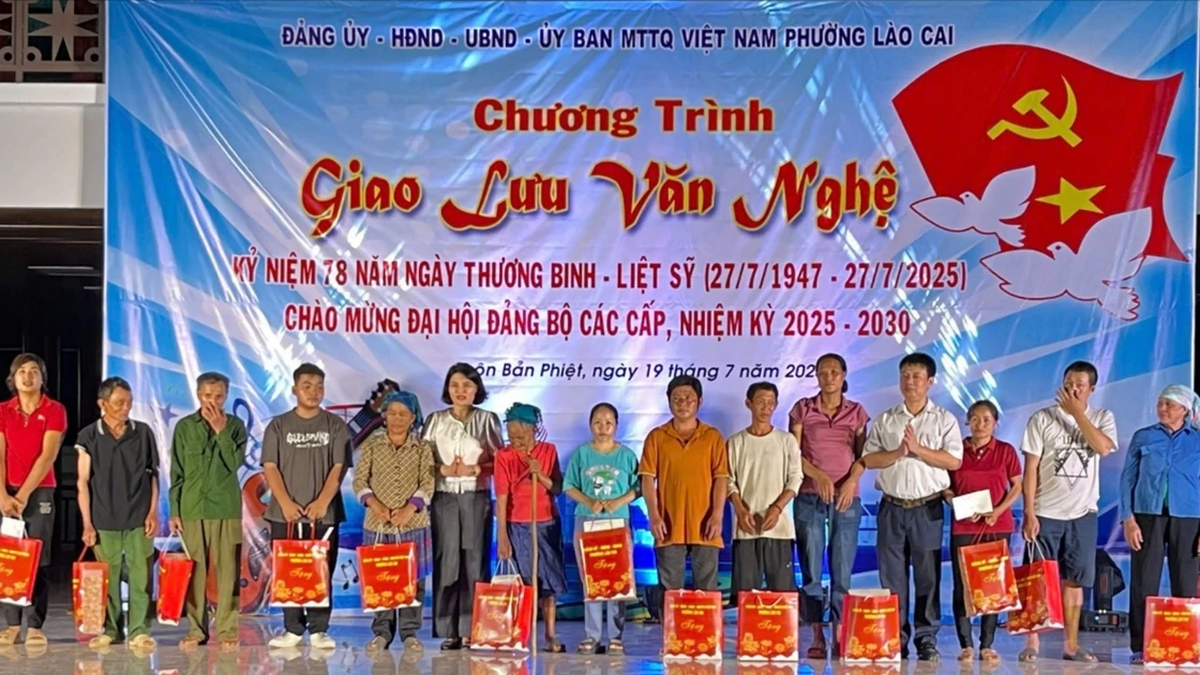
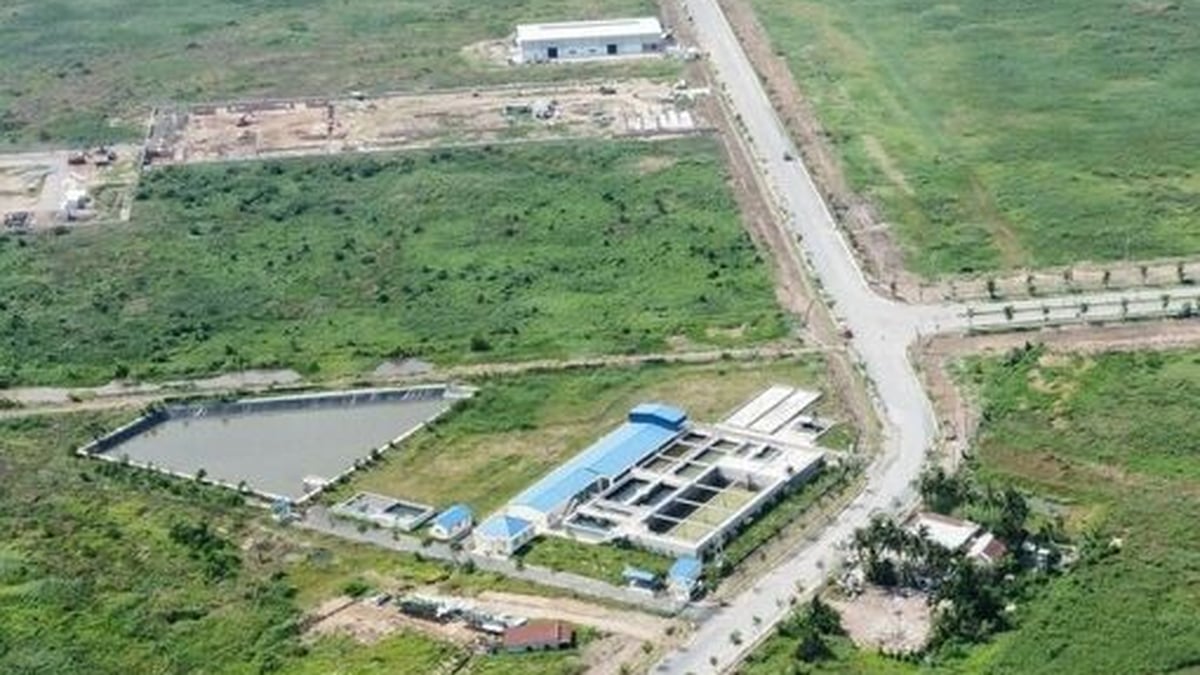
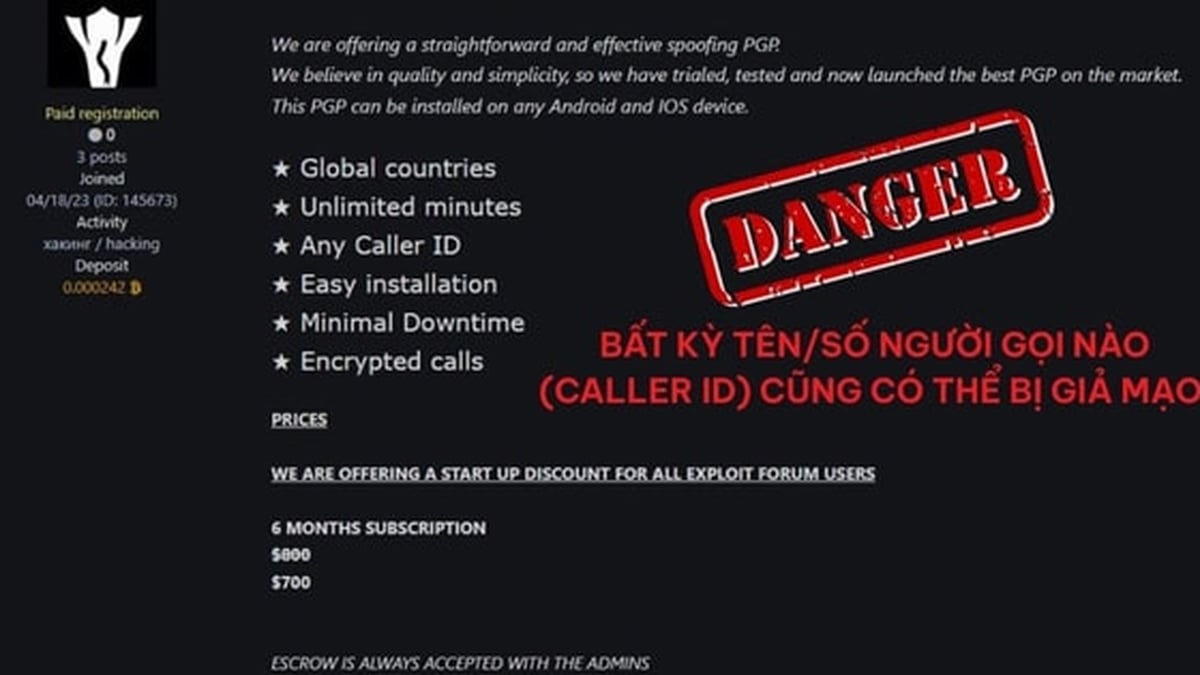












![[Photo] National Assembly Chairman Tran Thanh Man visits Vietnamese Heroic Mother Ta Thi Tran](https://vphoto.vietnam.vn/thumb/1200x675/vietnam/resource/IMAGE/2025/7/20/765c0bd057dd44ad83ab89fe0255b783)








































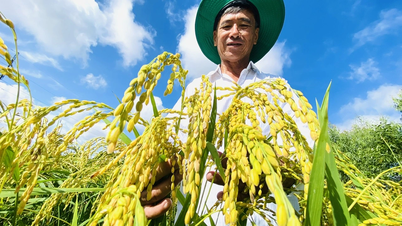



































Comment (0)